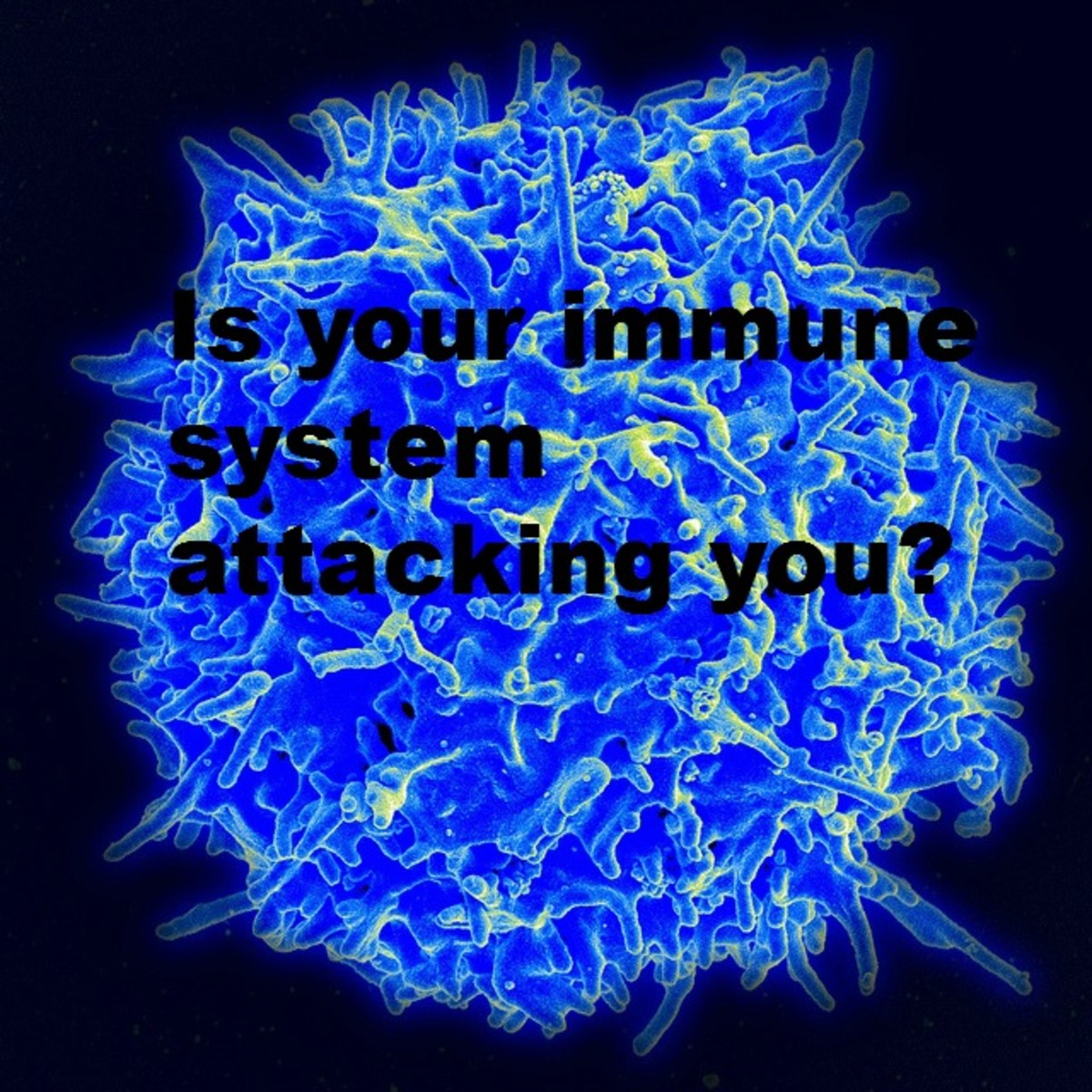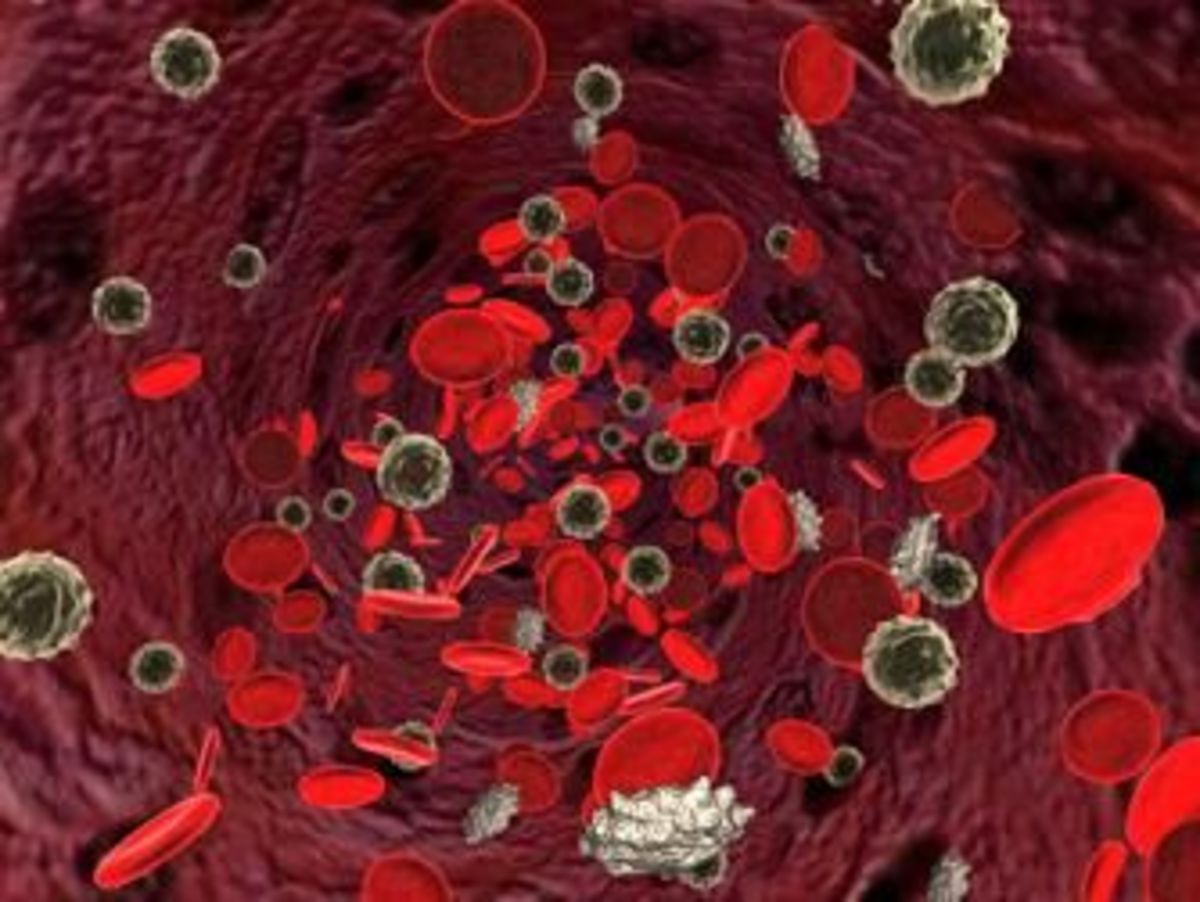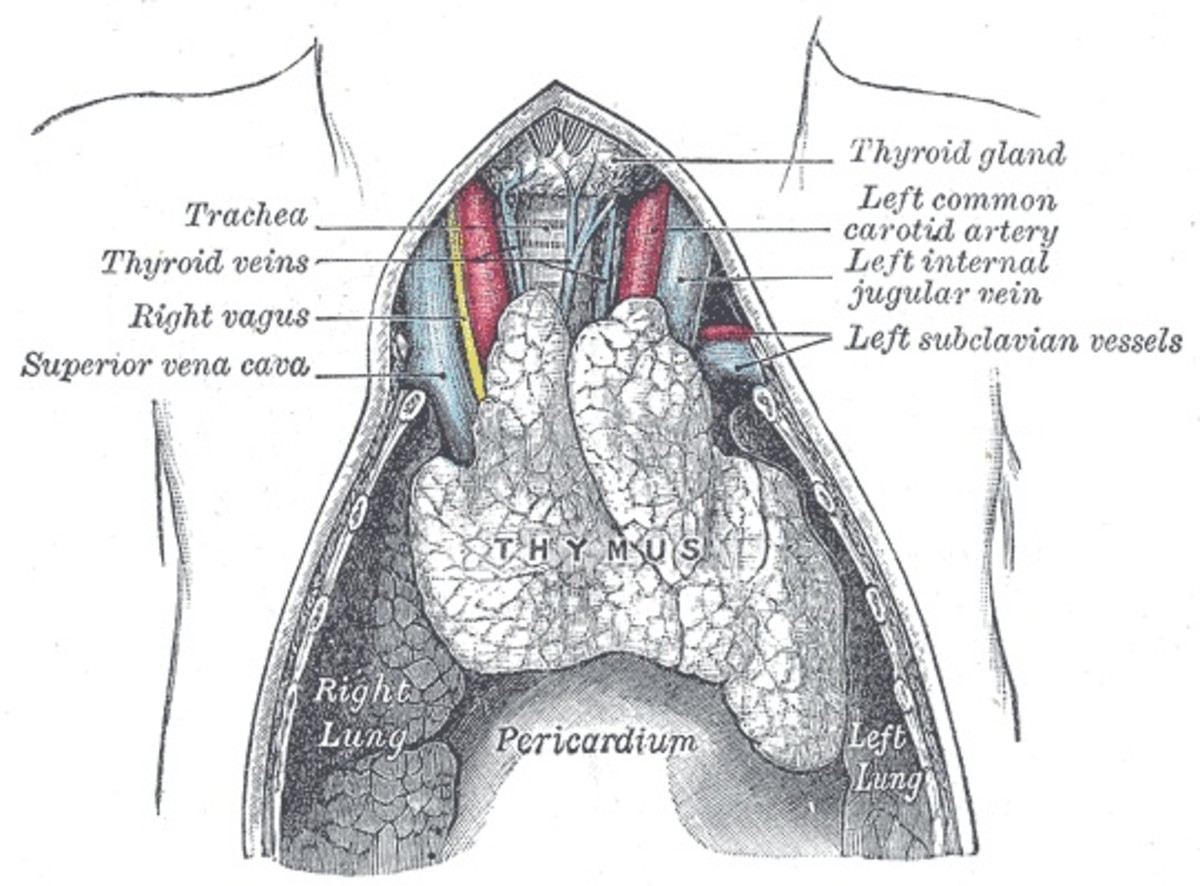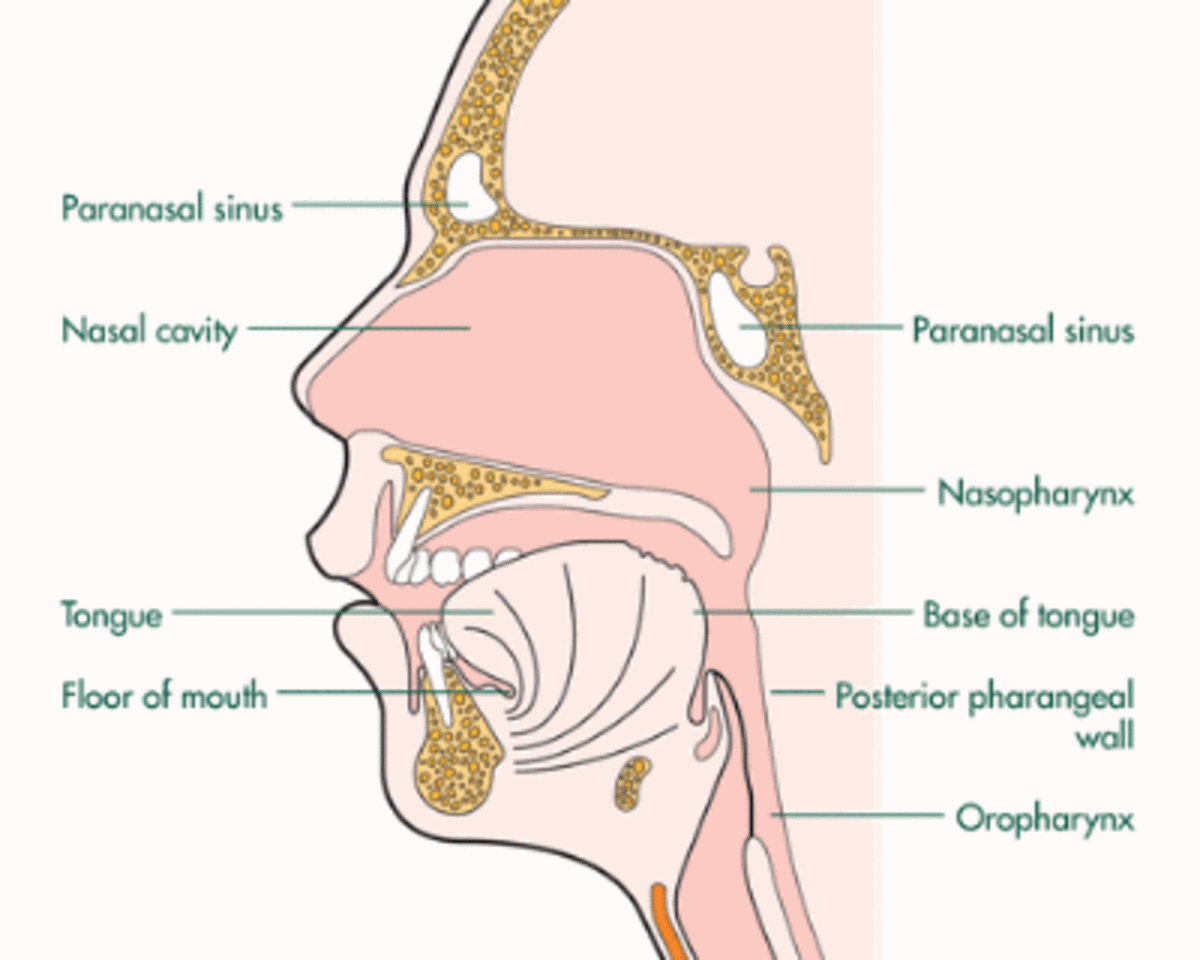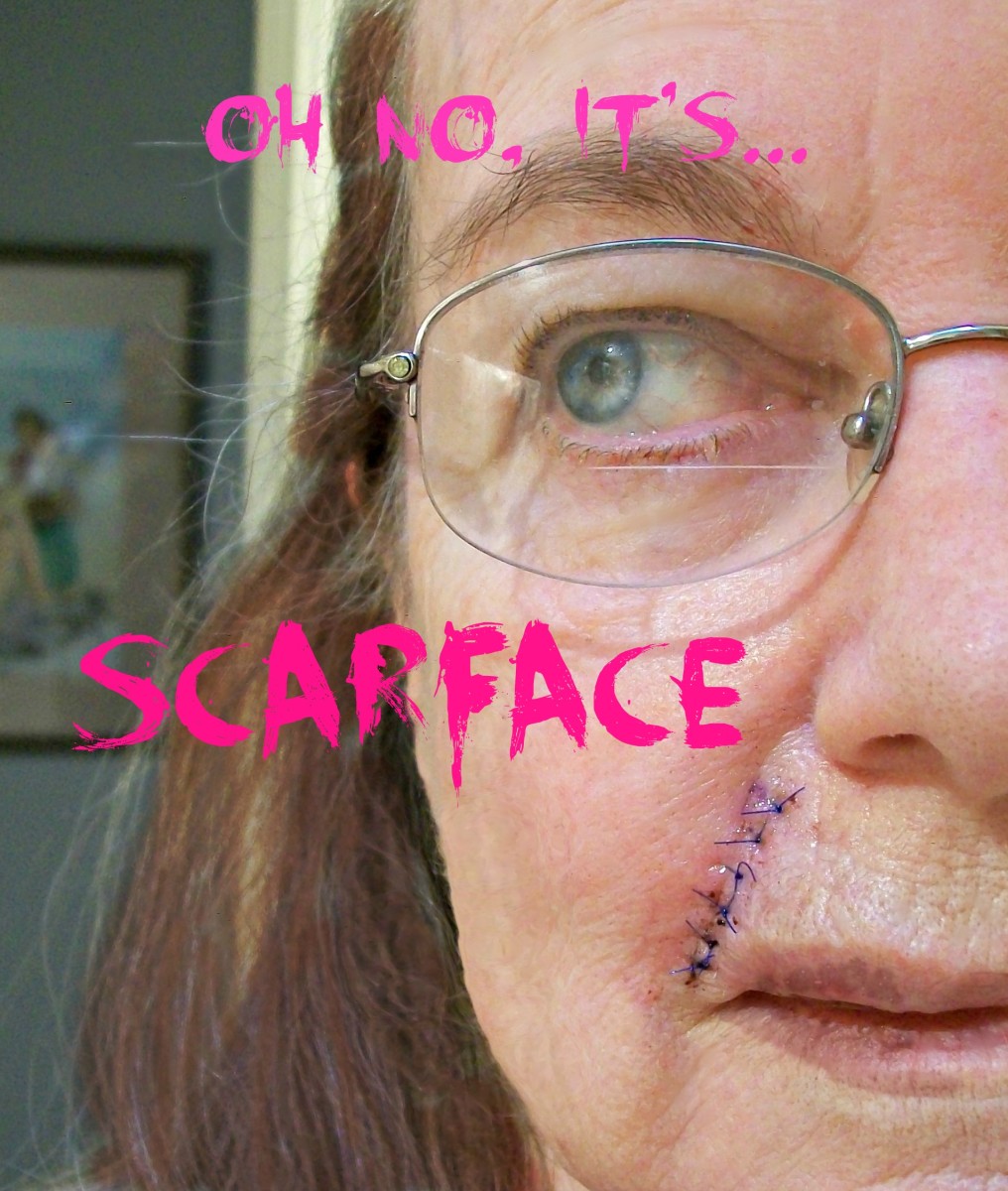Blood Cancer and Leukemia
Blood cancer and leukemia
Blood cancer happens when something goes wrong with the development of blood cells. This stops them working properly and they may grow out of control. This can stop blood doing the things it normally does to keep healthy, like fighting off infections or helping repair body.
There are hundreds of types of blood cancers. There is World Health Organization classification, which classifies different types of blood cancers, but broadly speaking, blood cancers can be divided into leukemia, that is the most common cancer what we have heard, but it may not be the commonest cancer to what you have heard. And there is another type of cancer called lymphoma. Some people call it lymph node cancer, which comes under the heading of blood cancer, and the third one is myeloma, multiple myeloma, or plasma cell myeloma, myelodysplastic syndrome, and myeloproliferative neoplasms. Under each category leukemia, myeloma, lymphoma, there are different, different sub-types of cancers, which are grouped in one of those headings.
The word leukemia literally means too many white cells in the blood. Others have too few white cells in the blood. It is actually cancer of the bone marrow. Bone marrow is the spongy substance inside the bones where the blood cells are made, precursor cells, and they can suffer damage to DNA and become cancerous, and if that is not repaired, chances are it could be developed into cancer. It is a routine check-up, and if the blood counts are not quite right and then there is further investigation, and it turns out that there is leukemia, or another bone marrow disease. Sometimes, people do not feel well, particularly with acute leukemia. This is acute versus chronic. In acute leukemia the patient has an overproduction of young white blood cells, and an under production of mature cells. Patients do not have enough mature red cells, white cells, platelets, which are the normal kinds of blood cells. They are ill ranging from not feeling quite right to really being acutely ill with an infection, or severe anemia, or bleeding. With chronic leukemia it is more of a slow process often with too many white blood cells, but they are mature white blood cells, and often patients are not that sick. It may be an incidental pickup, or they may be mildly unwell.
Like all other cancers it is still not understood 100% why people get blood cancer; 99% of the time in majority of patients it is unknown why they get cancer. In few patients blood cancer can be acquired through family background, and also blood cancer can be related to certain medications, drugs, treatment people have received. Some blood cancers are associated with infections, particularly viral infections. On some occasions where people are exposed to radiation it is implicated that radiation is the cause of blood cancer. In majority of the cases it is unknown why those patients are victims of blood cancer.
All the blood cancers are treatable. Some of the blood cancers are curable, and there is a difference between treatable and curable. When we say treatable, diabetes is treatable, but very rarely curable. Similarly, hypertension, if someone gets high blood pressure it is a treatable condition. Similarly, blood cancers are treatable, and the advantage in blood cancers, some blood cancers are curable. Some blood cancers can be kept under control, it depends on the type of the cancer. The main factors depend upon the patient’s age.
The bone marrow is a large organ in the body, one of the largest extending from the skull to the upper arms, and upper legs, and all the bones in between, and the bone marrow is making billions of blood cells a day. The bone marrow can be involved by cancer process by a cell that becomes abnormal and gives rise to daughter cells, and so on. The lymphatic system which is the home of the immune system itself is derived from the bone marrow, but living in the lymph nodes. So most of the time, when people say blood cancer they mean leukemia, lymphoma, multiple myeloma, and a variety of rare diseases that involve bone marrow or lymph nodes, and histiocytosis.
As for the reasons, some patients have previous exposure to a DNA damaging chemical, benzene petrochemical, or to radiation, or the victims might have had chemotherapy for another malignancy, which can induce changes in the DNA, and can produce one abnormal cell that gives rise to millions of abnormal cells. But the majority of the patients with one of these diseases have no cause that we can identify. Blood cancers are not contagious. Blood cancers are caused by genetic changes and so these are not contagious disorders. The main symptom can be detected by low blood counts. A low white blood cell count can cause frequent infections. Low haemoglobin can cause shortness of breath, or fatigue, and low platelets can cause easy bruising, or bleeding. Usually the symptoms of blood cancers can be very vague, like night sweats, weight loss, changes in appetite. All in all it can take a while to diagnose these types of diseases. The symptoms might not go away, or they might become more and more frequent prompting patients to go to their primary care, or even see a hematologist initially, and that leads to a workup, and eventually a diagnosis. There certainly is a delay in diagnosis, because the symptoms are very nonspecific, and certainly most patients who have fatigue have nothing to do with blood cancer. Usually if there is a prolonged period of time in which patients have these symptoms, abnormal blood counts will be discovered, or on physical exam an enlarged lymph node, or a big liver, or spleen that will prompt them an evaluation that includes often a bone marrow biopsy, as well as blood tests, and all other kinds of tissue biopsy.
The first thing is to have a consultation with a hematologist, hopefully somebody who could explain both the origins of the disease, and the pattern in which the disease spreads, or advances, and then talk to the patient about treatment that needs to be done sometimes over several sessions. The anxiety associated with the diagnosis could be so great that it might be better to split it up and first talk about what is the disease and then shortly thereafter talk about what is the treatment. In treating acute leukemia it really needs a lot of experience treating these diseases in a kind of focused specialty way. One of the most important things to look for in healthcare provider is not only the physician themselves, but it is a multidisciplinary team down to the nurses, nurse practitioners who provide so much information, and so much support, the specialists involved in that academic center. It is always advisable to go for a second opinion to focus and to be directed in a way that leads the patient to a better understanding of disease and of treatment. Sometimes telephone consultations are conducted, external chart is reviewed.
Treatment
Treatment options for blood cancer depend on the:
- The type and stage of cancer.
- The spread of disease.
- The patient’s basic health.
Blood cancer treatments may include:
- Stem cell (bone marrow) transplantation.
- Immunotherapy.
- Chemotherapy.
Chemotherapy therapy for blood cancers
Chemotherapy is a type of medical oncology that involves the periodic administration of anti-cancer drugs, often over the course of several months. The patient may have chemo treatment on an outpatient or inpatient basis, depending on his/her blood cancer diagnosis. If the symptoms or side effects of treatment become hard to manage, the patient may need a short stay in the hospital. Doctors use chemotherapy to both treat cancer and relieve cancer symptoms, such as shrinking tumors that cause pain. Depending on the type and stage of blood cancer, the patient will receive chemotherapy by mouth or injection. The patient will have chemotherapy in cycles – a treatment period followed by rest periods. This allows the patient’s body to recover and build up strength. In some cases chemotherapy is combined with a stem cell transplant, which replaces the blood-forming cells that chemo drugs destroy.
Immunotherapy for blood cancers
Immunotherapy — sometimes referred to as bio-therapy — uses the body’s immune system to help fight diseases such as blood cancer. It can work directly with the patient’s body’s immune system to stop or slow the growth of cancer cells. Or, it can indirectly prepare patient’s immune system to destroy or attack cancer cells.
The difference between chemotherapy and immunotherapy is Immunotherapy works with the patient’s immune system to combat cancer, whereas chemotherapy drugs directly target the cancer.
Types of immunotherapy for blood cancer
The following drugs and natural substances can work to fight blood cancer:
Cytokines — these are signaling proteins made by white blood cells to regulate immune response and slow the growth of cancer cells. Interferon and interleukin are two common cytokines.
Gene therapy — this approach involves inserting genetic material into cells to fight blood cancer using a viral vector.
Immunomodulators — these substances affect the way cells interact and signal each other to divide and grow. Pomalidomide and thalidomide are immunomodulators.
Monoclonal antibodies — these lab-produced antibodies, given by IV infusion, bind to cancer cells. This allows the immune system to kill the cancer cells in the blood and bone marrow.
For some blood cancers, the doctor may suggest immunotherapy along with steroids and chemotherapy.
The patient will receive immunotherapy treatment once or a few times a week, for several weeks either in the clinic, at the doctor’s office or at the hospital.
This content is accurate and true to the best of the author’s knowledge and is not meant to substitute for formal and individualized advice from a qualified professional.
© 2019 Putcha Venu Madhav

